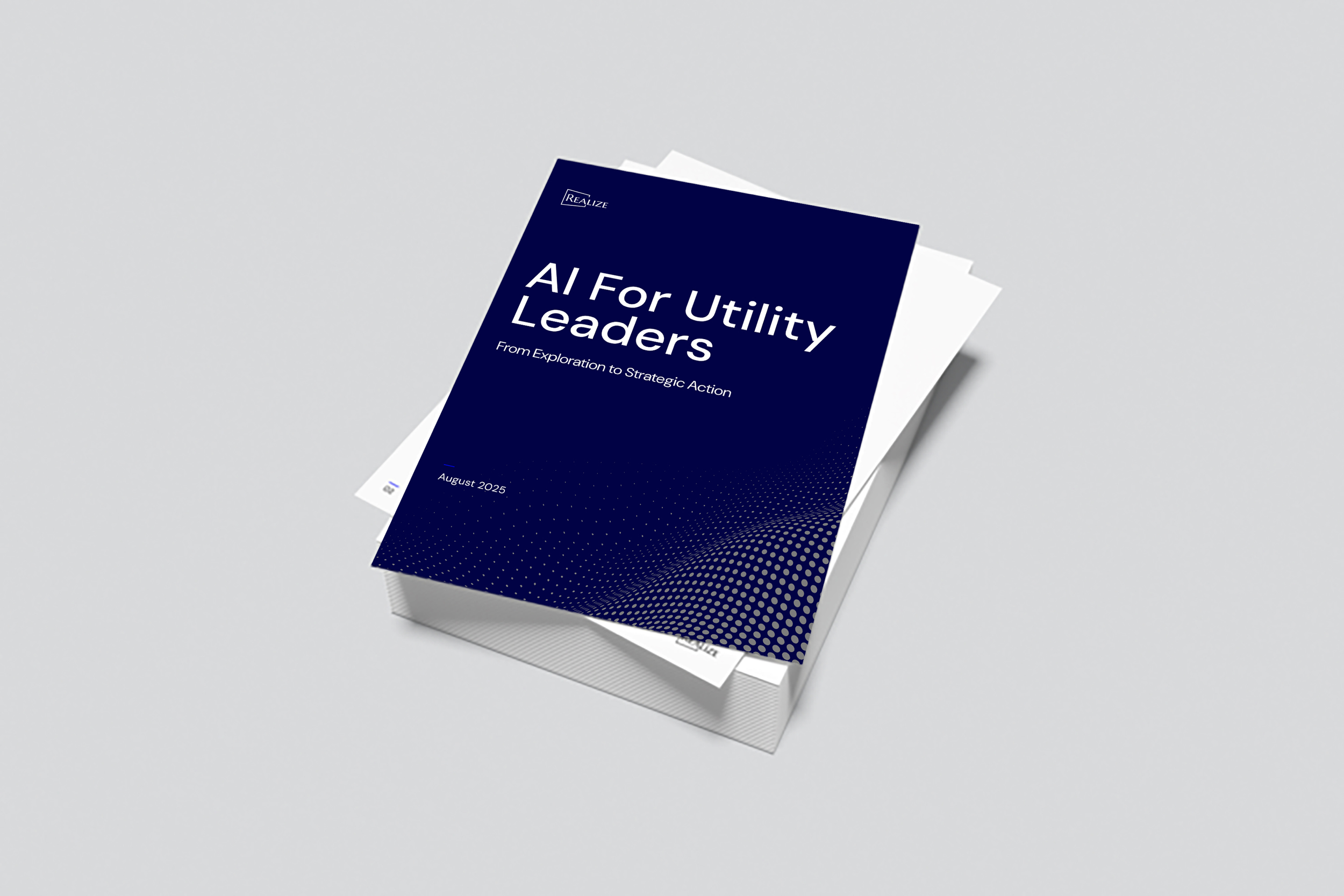
The utility sector stands at a crossroads. On the one hand, the sector faces the most significant load growth and affordability pressures in most of our lifetimes. On the other, shrinking federal and even state budgets to support low-cost power and grid innovation leave utilities with less room to maneuver.
In this article written by Realize 2050 Partner Chris Richardson for Latitude Media, Chris calls for utilities to address these growing pressures through problem-driven innovation, rapid testing and iteration, and creativity under real constraints.
Utilities face unprecedented structural challenges that are redefining operational and business models. Unlike previous periods of change, today's forces are converging simultaneously, creating a complex environment that demands sophisticated technical responses beyond traditional approaches. In this report, we discuss how utilities can step into a long-underestimated role as the heroes of the energy transition.
Gas utilities confront a dual crisis: aging infrastructure and declining gas throughput are driving up costs, especially for customers least able to electrify.
Realize 2050 proposes three concepts that utilities could adopt to move from here to the gas system of 2050: 1) prioritizing zonal electrification, 2) addressing leak-prone pipes, and 3) integrating gas and electric utilities.
Utilities stand at a crossroads: innovation is surging, but outdated procurement and fragmented processes keep progress grounded. To unlock the full potential of emerging technologies, the industry must modernize how it sources, tests, and scales solutions, moving from isolated pilots to coordinated, enterprise-level innovation. Our latest white paper outlines a practical roadmap for accelerating adoption and turning innovation into lasting impact, from pilot to procurement to scale.
As infrastructure costs rise and policy shifts reshape the grid, utilities can no longer rely solely on new capital investment. The real opportunity lies in maximizing the value of existing assets through smarter, more coordinated load management. By integrating demand response, energy efficiency, and DERs under a unified framework, and leveraging AI to measure flexible load, utilities can defer costly upgrades, improve reliability, and unlock system-wide value.
The digital age has given rise to an unprecedented demand for data centers, those critical hubs that store, process, and disseminate our world's expanding sea of data. However, with great power comes great responsibility, and great power requires great power! The opportunity now lies with data center developers, especially mid-sized companies, to lead the way in adopting clean, firm power solutions.
As electric demand rises, utilities face the daunting task of expanding T&D infrastructure – an investment burden that will increasingly fall on lower-income customers as wealthier ones adopt onsite renewables. Yet this challenge also presents an opportunity. Strategic partnerships with AI and ML firms can help utilities optimize new and existing infrastructure, improving efficiency and equity alike. The key lies in distinguishing truly transformative technologies from those that are merely incremental, and in prioritizing solutions that reduce the need for costly new T&D. With the right approach, AI can help utilities deliver affordable, reliable energy while reshaping the grid for the future.







